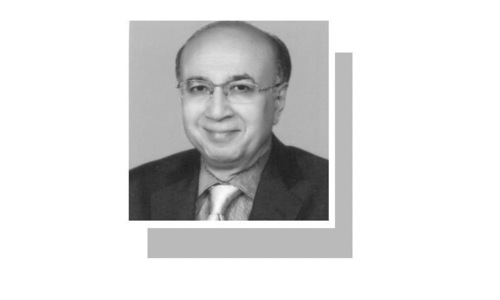In Pakistan, budget discussions often revolve around a familiar triad: austerity measures, increased taxes on the salaried class, and the ever-controversial defence expenditure. Yet, amid the clamour, a critical component of the nation’s long-term economic growth frequently slips through the cracks: development expenditure.
Each year, the government embarks on a precarious act, striving to please both external creditors and the expectations of its citizens. However, reality soon sets in, with development spending being first in line to be slashed and the Public Sector Development Programme (PSDP) budgets persistently lagging behind.
The federal budget for FY25 ambitiously proposed a ‘record-breaking’ increase in the PSDP to Rs1.4 trillion. This budget aims to fund essential infrastructure and development projects across sectors like energy, transportation, health, and education.
While the proposed amount is indeed the highest ever, the government’s words should be taken with a grain of salt. Successive governments have a well-documented history of backtracking on their promises, particularly when funds are tight. Development expense is often the first in line to be revised, even as overall expenditure rises. Except for a single year, PSDP spending has been revised downward annually over the past decade.
Except for a single year, PSDP spending has been revised downward annually over the past decade
The story seems no different for the upcoming fiscal year. Just two weeks after the budget announcement, reports surfaced of a Rs250 billion cut to the PSDP. As the months roll on, this figure is likely to shrink further. Presently, only 4.4pc of the federal budget is earmarked for PSDP, which stood at 14.8pc less than a decade ago in FY 16.
In FY24, the revised federal PSDP was Rs659bn, less than its FY16 counterpart. Given that the numbers are nominal, a cumulative 156pc increase in price levels since then, the actual reduction in development spending is even more dramatic.
Considering that a significant chunk of PSDP funds is assigned to infrastructure projects reliant on imported raw materials, it’s essential to examine the dollarised values. In FY24, the revised federal development expenditure was a mere $2.3bn, down 19.2pc year-over-year and less than half of what it was a decade ago.
Will the next cuts hit provincial spending on health and education, or will cash transfers to the poorest be sacrificed?
One might argue that the federal PSDP is just part of the picture. Following the 18th Amendment, provinces became primarily responsible for development and continue to allocate substantial portions of their budgets to it.
The provincial share of the national PSDP budget has steadily increased, reaching 72.5pc, or Rs1.7tr, in the outgoing fiscal year. A decade ago, this distribution was nearly equal. Unlike the federal government, provinces have occasionally revised their development budgets upwards significantly.
While the increase in the national PSDP to Rs2.4tr for FY24 is a positive sign, the story behind development spending tells a more complex tale. Central and provincial PSDPs serve different purposes: the former focuses on national infrastructure, energy, and strategic initiatives managed by federal ministries, while the latter addresses regional needs like education, health, and agriculture. This could signal a shift in development priorities, a move towards decentralisation, or simply a strategy to satisfy political alliances.
However, despite the nominal increase, development expenditure as a percentage of GDP has dropped to 2.3pc, down from 3.9pc in FY15. In dollar terms, the decline is even more pronounced, with the current outlay at $8.4bn, significantly below the $14.7bn seen in FY17.
The reasons are clear: the rupee’s devaluation has drastically reduced the dollar value of PSDP budgets, and persistent twin deficits have prevented local currency stability. Under such financial strain and amid the International Monetary Fund pressure, meeting development needs becomes exceedingly challenging. But how much longer can we afford to sideline these crucial investments? Will the next cuts hit provincial spending on health and education, or will cash transfers to the poorest be sacrificed?
Mutaher Khan is the co-founder of Data Darbar and Siraj Behram is an intern at Data Darbar
Published in Dawn, The Business and Finance Weekly, July 15th, 2024















































Dear visitor, the comments section is undergoing an overhaul and will return soon.